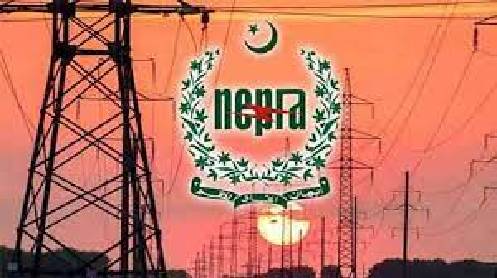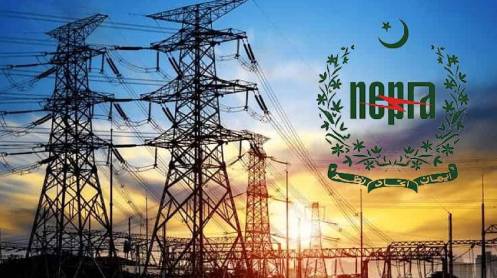ISLAMABAD: In a major cost-cutting initiative, the federal government has formally approached the National Electric Power Regulatory Authority (Nepra) seeking approval to revise power purchase agreements with four public sector power plants, aiming to save approximately Rs1.58 trillion over their remaining operational lifespans.
The proposed revisions include transitioning from the current ‘take-or-pay’ model to a ‘hybrid take-and-pay’ structure, lowering the return on equity (RoE), and capping dollar indexation at Rs168. Nepra has scheduled a public hearing for April 24 to assess the proposal jointly submitted by the Central Power Purchasing Agency (CPPA) and the four government-owned power plants (GPPs).
These plants include two LNG-based facilities—Balloki and Haveli Bahadur Shah (1,220 MW each), the 747 MW Guddu Power Plant, and the 510 MW Nandipur Power Project—together contributing about 3,700 MW of generation capacity. The Balloki and Haveli Bahadur Shah projects alone are expected to generate Rs1.1 trillion in savings, while Guddu and Nandipur are estimated to save Rs355 billion.
Further savings of Rs580 billion are anticipated with the upcoming inclusion of Punjab government’s Bhikki and Trimmu LNG projects, potentially raising the total public sector savings to Rs2.16 trillion.
The revised terms, approved by the federal cabinet on March 19 and formalized through negotiated settlement agreements on April 8, aim to reduce consumer-end tariffs and ease the financial burden on electricity consumers.
Key changes include restructuring O&M costs with quarterly indexation tied to inflation (capped at 5% or actual CPI), limiting rupee depreciation indexation to 70%, fixing RoE at 13% with no future dollar-based adjustments, and introducing a capped insurance cost under the capacity purchase price.
Under the hybrid model, power producers will receive 35% of the revised RoE as CPP if net electrical output (NEO) remains at or below 35% of contract capacity. Additional RoE will be provided only for output exceeding this threshold.
These amendments form part of a broader restructuring of power purchase agreements with 29 independent and government-owned producers, expected to yield total savings of Rs3.5 trillion over periods ranging from three to 20 years.
Story by Khaleeq Kiani





